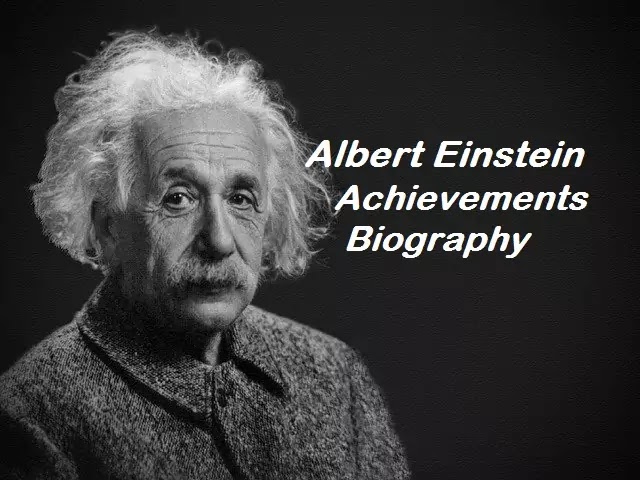Figures of speech
A figure of speech is a remarkable way of saying something.
It is “a form of expression that intentionally deviates from the ordinary mode
of speech for the sake of more powerful, pleasing or distinctive effect.”
Simile: The word ‘simile’ means ‘likeness’.
It comes from the Latin similis meaning ‘like’, and means ‘likeness’. A simile
is a definite expression of alikeness between two different objects, or events.
Examples:
King Porus was as brave as a
lion.
Note: (a) The two objects or events compared must be different in
kind. ; (b) The point of likeness must not be too remote or uncertain; and must
be distinctly stated.
A simile is usually introduced by such words as—as, like,
as…….so. etc.
Metaphor: A metaphor is an implied simile. In a
simile two different objects are compared by means of such words as Like, and
as. In a metaphor the things compared are brought closer together.
Example: King
Porus was a lion in the battlefield.
Note:
in a metaphor things are compared without the use of the terms like ‘like or
as’.
Parable: A parable has been defined an “as
earthly story with a heavenly meaning.” It is a short tale told to exemplify
and enforce some moral truth; such as, The
Parable of the Prodigal Son: the Parable of Sower.
Allegory: An allegory is a long story with a
secondary meaning. It is a continuous or sustained metaphor. In it characters
are moral qualities or abstract ideas personified and the incidents have a
spiritual meaning. The notable examples of it is : George Orwell’s Animal Farm.
Fable: A fable is said to be ‘a short story
in which animals play the part of human beings. It teaches some moral, or some
lesson of experience or human wisdom. Aesop’s
Fables are known to every school boy.
Personification: It is a special kind of metaphor. In
it inanimate objects and abstract ideas or qualities are spoken of as if they
were persons or human beings. Thus when we say, The moon veiled her face; we
personify the moon; that is, we speak of it as if it were conscious of being
capable of acting.
Example: opportunity
knocks at the door but once. Or
Venice
the oldest child of Liberty.
Apostrophe: it is a form of personification. By
this figure, a writer addresses some inanimate thing, or idea or dead or absent
person as if it were present to respond.
Example: “O
Death, where is thy sting? O grave, where is thy victory.
Oxymoron: an oxymoron is a term applied to a
phrase which appears to be contradictory; as, ‘starve with feeding’, bitter sweet, etc.
Antithesis: It is a term applied to the setting
of one idea or word against another for the sake of emphasis.
Example: God
made the country, but man made the town.
Epigram: An epigram is a short pithy(full of
meaning) saying in prose or verse, remarkable for brevity and point. At first
reading it appears to involve a contradiction but on closer examination it
seems to embody a shrewd reflection.
Example: A man who sees both sides of
a question sees nothing at all.
He
who can, does; he who cannot, teaches.
He
that loseth his life shall find it.
Be
thou familiar, but by no means vulgar.
Pun: This consists in the use of a word in
such a way that it is capable of more than one application, and it is used to
cause humour, admiration or surprise.
Example: A
teacher trains a mind; a guard minds the train.
I
saw a saw that could not saw.
Climax: It is a Greek word, meaning a ladder.
It is a figure in which the sense rises by successive steps to what is more and
more important and impressive.
Example: A
heart to resolve, a head to contrive, a hand to execute.”
Anticlimax or Bathos: This is the opposite of Climax, and
signifies a ludicrous descent from the higher to the lower. It is used to
create a humorous effect.
Example: The
soldier fights for the glory and shilling a day.
Metonymy (Met-on-e-me): The word ‘metonymy’ means
‘substitution of name.’ the figure consists in substituting the name of one of
the attributes of a thing for the name of thing itself. Thus we may use:
Please address the chair (chairman)
The pen is mightier than the sword
Synecdoche: This figure is very like metonymy.
Its name means ‘The understanding of one thing by another.’ It usually consists
in changing one noun for another of similar meaning.
Example: He
is a poor creature (man)
Every wrestler is not a Rustum
(greatest wrestler)
Transferred Epithet: In this figure of speech an epithet
or qualifying objective is sometimes transferred from a person to a thing or
from one word to another, to which it does not strictly belong. When we say we spent a happy day, we do not mean
that the day was happy, but we were happy. We have used an adjective for day
which really referred to us.
Hyperbole: The word means exaggeration and by
this figure things are represented as greater or less than they really are.
Example: she wept oceans of tears.
Irony: by this figure we say one thing when
we mean just the opposite. Obviously we praise someone, but what we mean is
blame or ridicule
Example: I
shall lose no time in reading your book.
Of
course, you know everything(i.e., you think you know much, but in reality you
know very little)
Sarcasm: This is allied to irony, the
distinction being that in the case of irony the sneer is half hidden, but in
Sarcasm the taunt is obvious and bitter.
Example: God
made him, and therefore let him pass for a man—Portia (in The Merchant of
Venice)
Interrogation (Rhetorical questions):
It is a figure in
the form of a question posed for rhetorical effect rather than for the purpose
of getting an answer. For example: who
does not love his mother?
Exclamation: By this figure a statement is made
starting and forceful.
Example: “O, what a fall was there, my
countrymen!”
“What a
piece of work is man!”
Repetition: By this figure a word is repeated for
the sake of emphasis , or of rhythm.d
Example: a
little grave, a little, little, grave!’
Onomatopoeia: This figure of speech signifies the
use of a word that is formed from the sound it is intended to represent. Such
words are thud, boom puff-puff and bow-vow. This figure more frequently occur
in poetries than in prose because in the former the sounds are made to suggest
the sense.
Alliteration: this consists in the repetition of
one or more similar sounds or letters at the beginning of two or more words.
Example: How
high his highness holds his haughty head.
Soliloque: In this figure, a speaker talks in
front of one or more than two present but never addresses to any of them. This
address is for himself.
For example : In The Merchant of Venice or The
Tempest when the characters are talking aside, is known as Soliloque.
I hope that you found this article interesting so let us see what we have learned in today's blog at first we have understood what is the meaning of figure of speech? ,What are the figure of speeches?.I hope that you have enjoyed this blog on The Figures of speech thank you for reading this blog and I'll see you next time till then happy learning.
I hope that you found this article interesting so let us see what we have learned in today's blog at first we have understood what is the meaning of figure of speech? ,What are the figure of speeches?.I hope that you have enjoyed this blog on The Figures of speech thank you for reading this blog and I'll see you next time till then happy learning.












